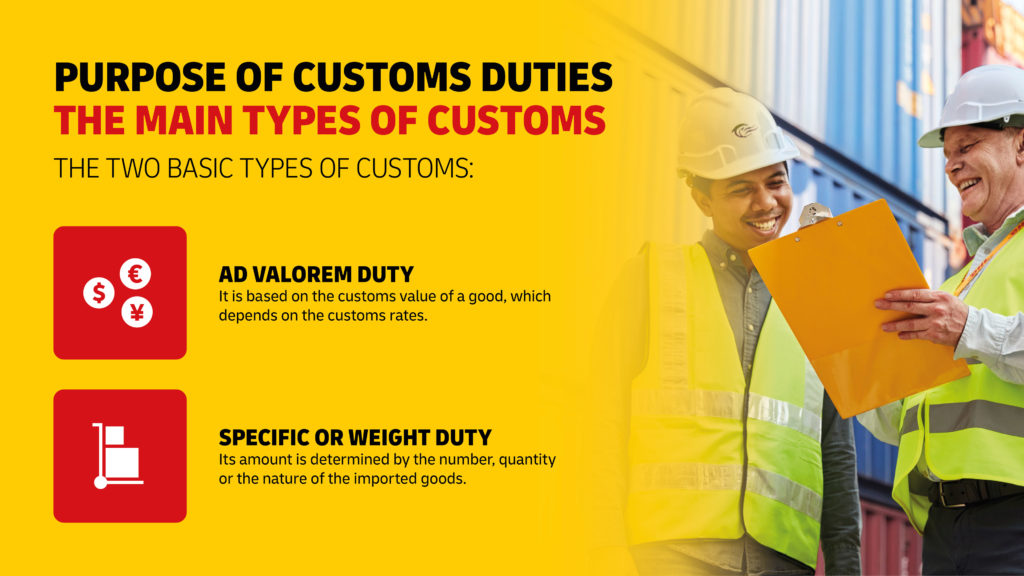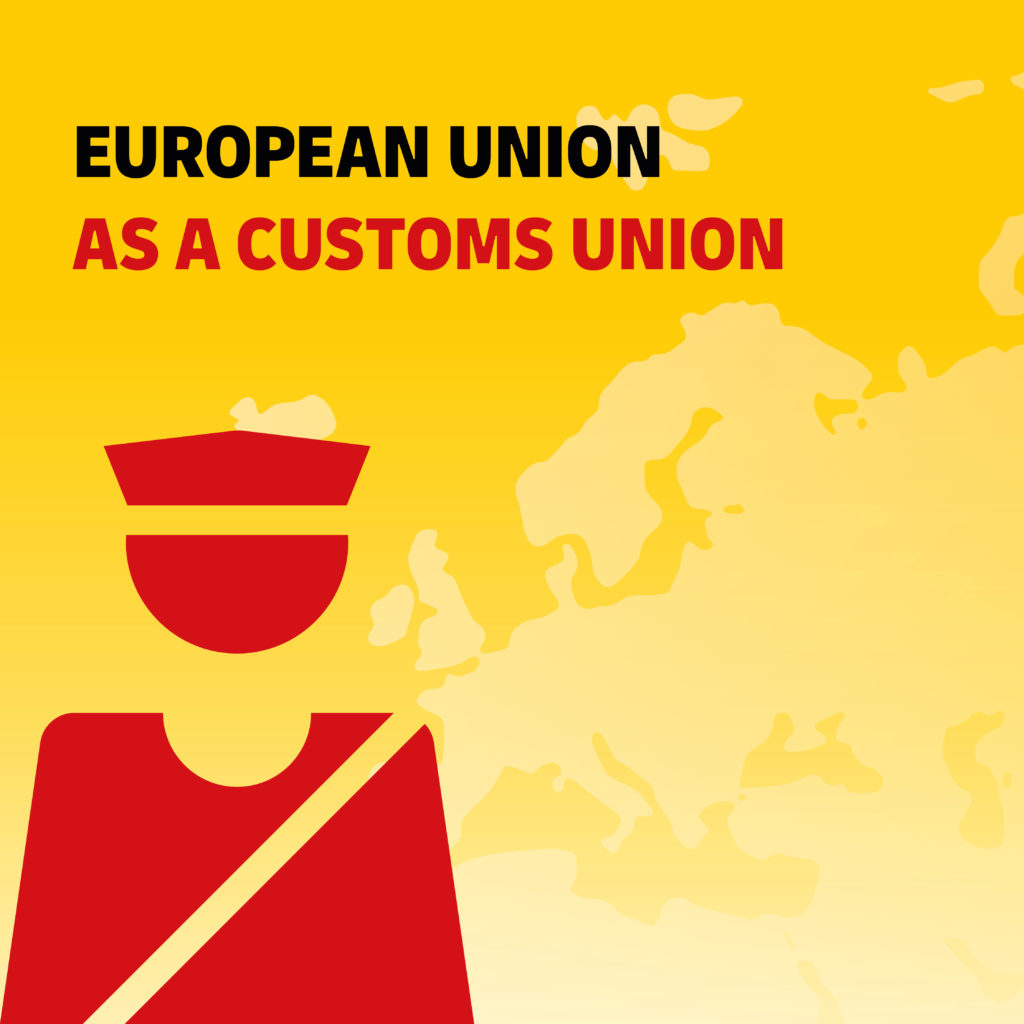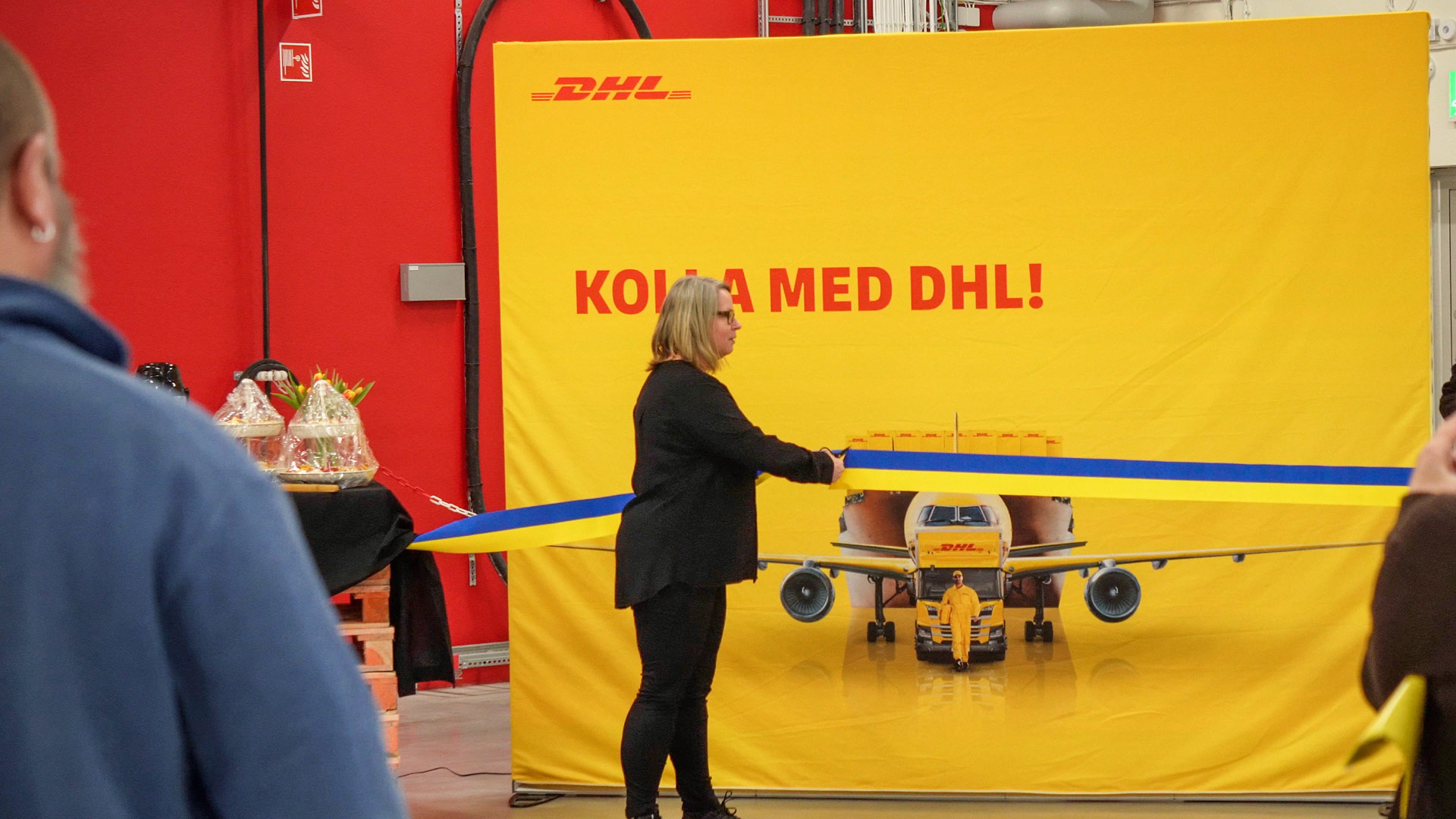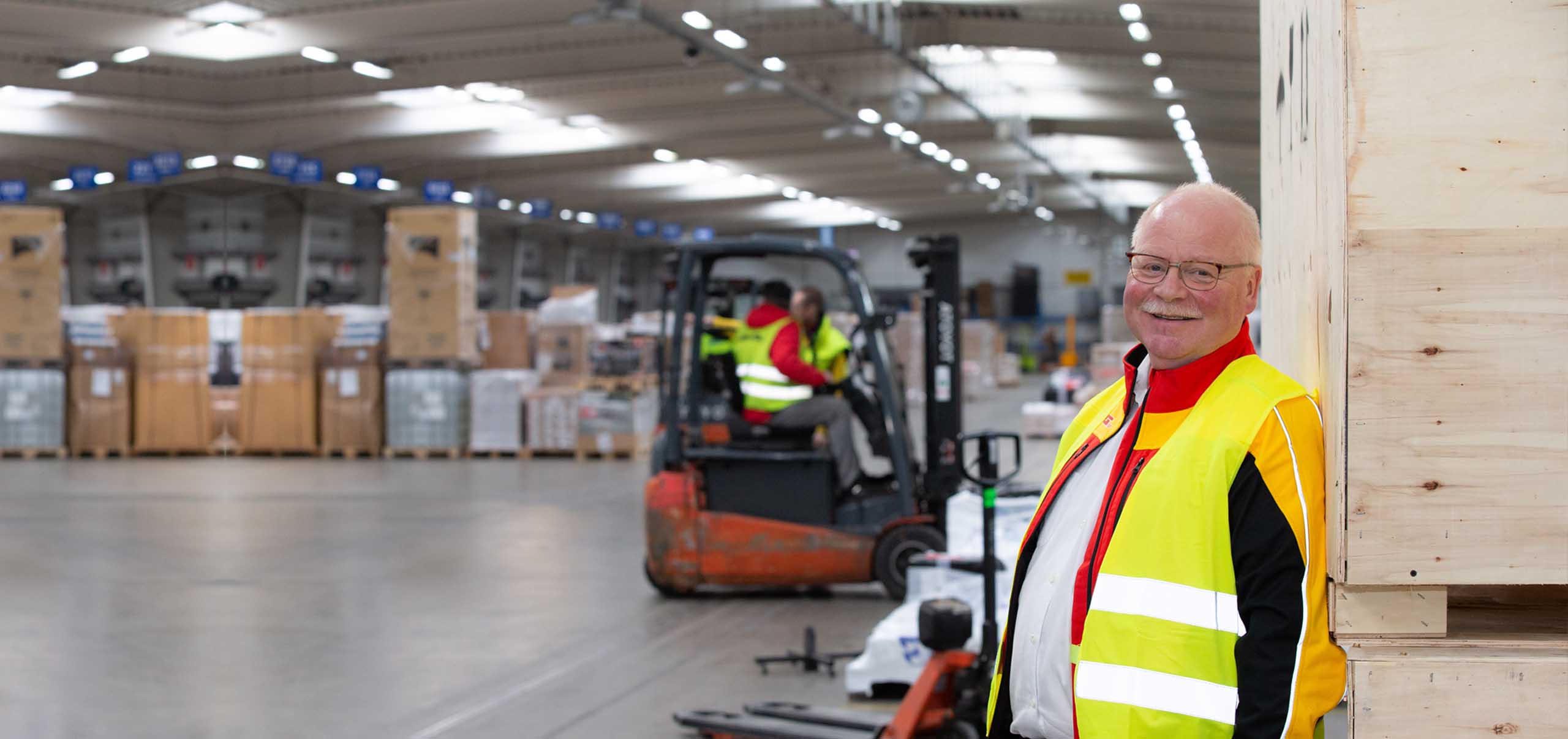
The international movement of goods necessarily crosses special borders: customs borders. The idea of customs is to regulate cross-border trade, promote fair competition, and combat economic crime. For logistics, however, customs turn out to be a major challenge: customs regulations and customs clearance are complex. Here you will find an overview of fundamental information about customs.
A Definition of Customs
The basic concept behind tariffs is probably almost as old as trade itself. Ancient civilisations introduced customs duties when trade began to cross imperial borders. As the Roman Empire expanded, people from North Africa to Britain became familiar with customs duties. Today, tariffs are an integral part of our economic and everyday culture.
But what is the definition of customs? Customs is a charge payable on goods, capital or services when they cross a customs border. Most customs duties are import duties, which means that the duty is due when a good is imported. In English-speaking countries, "customs" refers to both: customs duty and the competent authority. The customs authority is responsible for customs clearance.
The amount of duty is determined by the state or association of states into which the goods are imported. In the EU area, all goods imported from outside the EU are generally subject to customs. The General Agreement on Tariffs and Trade (GATT) and the guidelines of the World Trade Organization (WTO) provide the framework for national customs regulations. The World Customs Organization (WCO) has the task of standardizing international customs regulations. To this end, the Harmonized System of the WCO has been established which constitutes the basis for the individual tariffs.

Customs Borders and National Borders
Customs borders are often identical to national borders, but they do not have to be. In the EU, for example, there is exemption from duty between member countries, so only the external borders of the EU are customs borders. Other free trade agreements, such as the North American Free Trade Agreement (NAFTA), also stipulate that no duties are levied at the borders within the respective free trade zone.
Import Duty and Import-turnover Tax
Customs duties are considered taxes by most national tax codes. However, customs duties should not be confused with import-turnover tax: the latter is a tax levied on the import of goods from non-EU third countries into the EU, with a tax rate equal to the normal national turnover tax. Thus, the amount of import-turnover tax is independent of the type of imported goods, which is not the case with customs duties. Import duty, import-turnover tax and all other taxes together make up import duties.
Purpose of Customs – The Main Types of Customs Duties
Tariffs can serve a variety of purposes, ranging from increasing the treasury to protecting one's own economic area to imposing economic sanctions. Regardless of such objectives, there are two basic types of customs duties:
- Ad valorem duty: It is based on the customs value (valor) of a good, which depends on the rate of duty. Rates of duty can be short-lived and are set by the relevant customs authority.
- Specific or weight duty: Its amount is determined by the number, quantity, or nature of the imported goods.

All customs duties are basically either ad valorem duties or weight duties. The other types of duties are distinguished according to the purpose pursued by the respective duty.
- Duties of a fiscal nature: The original type of customs duty. Such duties are levied to generate revenues. In the past for the sovereigns, today for the state.
- Safeguard or protective duty: Intended to protect domestic products from cheaper imported goods. A protective tariff makes foreign goods more expensive and domestic goods relatively cheaper.
- Educational tariff: A special form of protective tariff designed to enable domestic companies to adapt their products to world market standards during a transitional phase. The basic idea is that technologically underdeveloped countries cannot establish their own high-quality production if they are exposed to unrestricted free trade.
- Anti-dumping duty: In foreign trade, dumping is the export of a product below its domestic price, and an antidumping duty is a protective measure against subsidized, artificially cheap imported goods.
- Retaliatory tariff: A response to corresponding previous import restrictions imposed by another country.
- Optimal tariff: Its purpose is to improve the ratio between export and import goods in favor of the domestic market. The tariff makes imported goods more expensive, reduces import demand, and lowers the world market price of imported goods. This improves the terms of trade of the importing country. Terms of trade are an important economic indicator.
- Export duty: All of the above duties are import duties. Export duties are their opposite: a duty is not levied on imported goods, but on goods that are to be exported. The purpose is to secure goods that are in high demand in the domestic market. For example, if a domestically produced commodity can be sold internationally at a much higher price than nationally, but the raw material is of economic importance, such tariffs could be imposed. Export duties make exports less attractive, but rarely occur because countries usually benefit from exporting goods.
- Transit duty: Theoretically, they could be levied when goods are merely transported through a country without it being the destination. Since transit duties are inadmissible under the GATT, they play no role in modern economic life.
Tasks of the Customs Authorities
Customs authorities perform sovereign tasks that go far beyond the levying of tariffs themselves. Because duties also include taxes, customs authorities also collect excise taxes that are due upon the importation of goods.
Customs contribute significantly to the state budget in most countries. In addition to this important fiscal task, controls by the customs authority are intended to ensure fair competition and tax justice, as well as to protect consumers and the domestic market from product piracy. It is also about combating criminal activities such as smuggling, money laundering, and illegal employment.
„To avoid making mistakes with the sensitive customs formalities, you should always have a competent expert at your side to support you throughout the entire customs procedure for imports, exports or transit traffic.“
Gerlach as leading neutral provider of customs services in Europe on its company website
Customs Clearance in Brief
For every freight forwarder, for every logistics service provider, and for all companies that purchase or trade international goods, customs are a key topic – and a complex one. That's why customs clearance is a challenging task for international logistics.
Customs clearance is the specific treatment of goods by the customs authority. Method and extent depend on the goods being imported. The customs office checks the declaration and related documents for completeness and accuracy. The goods are checked either completely by a physical inspection or by random sampling. A customs report is prepared, which is the basis for calculating the import duties. The goods are then returned to the declarant and are then in free circulation.
European Union as Customs Union

With respect to customs borders, it has already been pointed out that the EU is also a customs union. Within the EU's external borders, trade between member states is generally exempt from duty, apart from a few geographical and goods-specific exceptions. This means that import and export duties or other trade restrictions are prohibited within the EU economic area. For EU traders, it therefore makes no difference whether they ship their goods within their home country or within the EU.
The same customs regulations apply everywhere at the customs borders of the EU. Hence, it makes no difference whether a good is imported into the EU in Portugal or in Finland. The basis for this practice is the EU Common Customs Tariff, which is proposed by the EU Commission and set by the European Council for all member states. Revenue from customs duties (but not from import and excise taxes) must be transferred directly to the EU by the levying member states.



